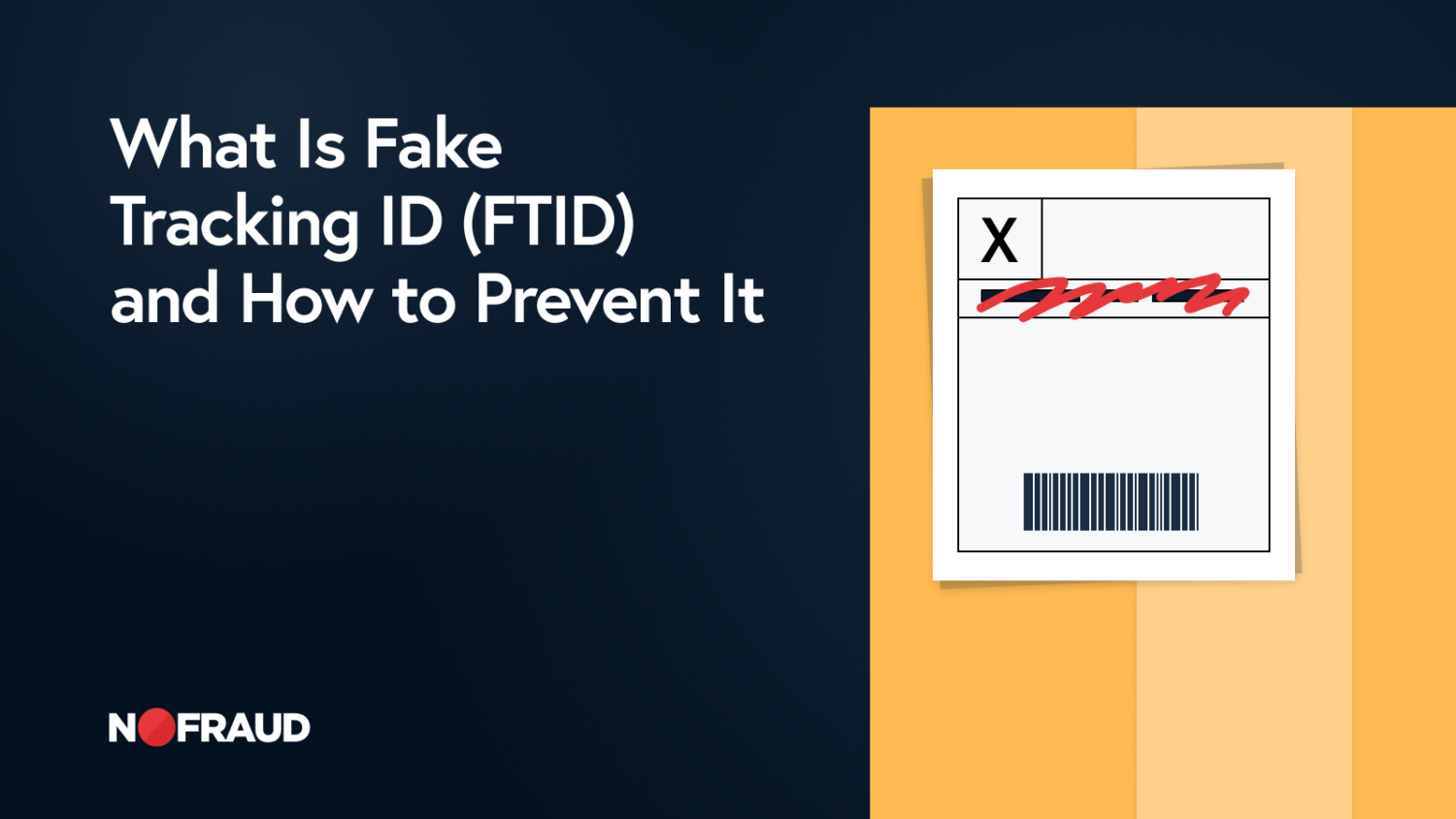Bricking is a form of return fraud that poses significant challenges to businesses and has far-reaching consequences for customers. By intentionally damaging or rendering items unusable before returning them, fraudsters inflict financial losses and reputational damage on businesses. The impact of bricking is twofold: businesses face increased costs and reduced profits, while customers bear the brunt of stricter return policies and reduced product availability.
Like all forms of return fraud, bricking erodes trust in online shopping, making it more difficult for honest customers to navigate the return process. As ecommerce continues to evolve, it’s crucial for businesses to understand the harmful effects of bricking and take proactive measures to prevent it, ensuring a seamless and trustworthy shopping experience for their valued customers.
What Is Bricking?
Bricking is a deceitful return fraud scheme where fraudsters intentionally tamper with an item to render it non-operational before returning it. By deliberately damaging the item, criminals aim to deceive retailers into believing it was defective upon receipt, allowing them to seek a return or refund. This fraudulent practice results in a financial loss for the merchant, as the returned item is now “bricked” or rendered useless.
Common items targeted by fraudsters include high-value electronics, luxury goods, and designer clothing. Fraudsters may use various methods to damage or tamper with items, such as:
- Intentional physical damage, like scratching or dropping
- Tampering with serial numbers or tags
- Removing or altering packaging and labels
- Claiming items are defective or not as described
Consequences of Bricking
Bricking can have severe consequences for retailers, including:
- Financial losses due to returned damaged goods
- Increased costs for handling and processing returns
- Stricter return policies, affecting honest customers
- Damage to reputation and customer trust as a result of fraudsters leaving negative reviews
- Potential legal consequences, such as criminal charges or fines
Fraud Prevention Tips
To prevent this type of return fraud and its negative impacts, retailers can:
- Implement smart return policies and procedures that can be customized based on the customer’s history
- Train staff to identify and handle suspicious returns
- Use technology to track and verify returns, such as serial number tracking or product authentication
- Collaborate with other retailers to share information and best practices
- Consider implementing a restocking fee for returns to discourage bricking


